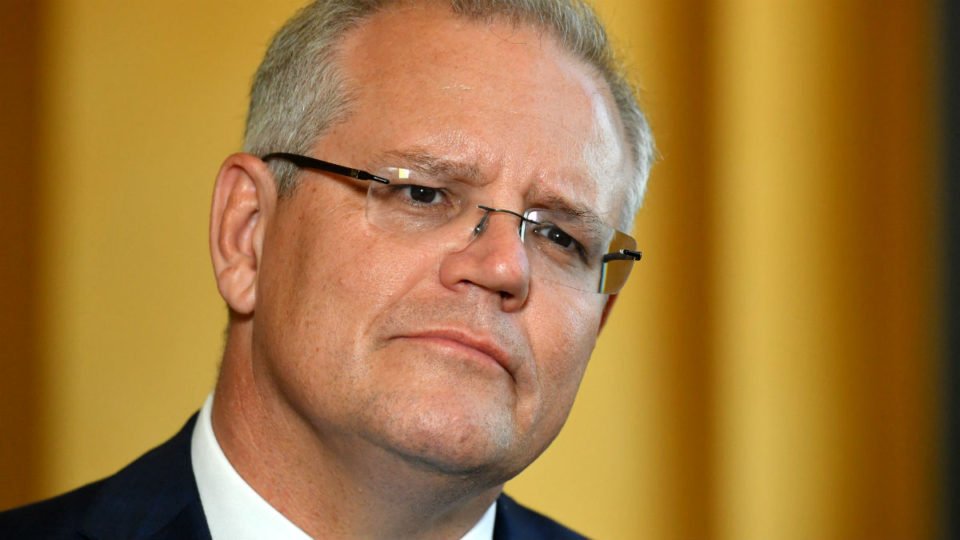The PM reached a new low this week, pitting rural people against city-dwellers over action on global warming. He said:
We will not achieve net zero in the cafes, dinner parties and wine bars of our inner cities.
It’s the cheap and nasty throw-away line we’ve become accustomed to.
He also said
The key to meeting our climate change ambitions is commercialisation of low emissions technology.
The challenge in reaching net zero emissions is immense and, at the current rate and with fossil fuels, impossible.
It is cringeworthy that the Morrison government will announce at the Biden climate action summit a budget item of $539 million for hydrogen hubs and carbon capture and storage of emissions. This will be seen for what it is – propping up fossil fuels.
Hydrogen and CCS are much more expensive than renewable energy – the two words the PM finds almost impossible to say. Millions have been poured into CCS but it’s just not viable. The capital cost of new gas-powered generation with CCS is more than twice that of PV and wind and, according to the CSIRO the cost of CCS is likely to be $95-160/MWh. Wind power now costs $30-$60/MWh and solar $43-$53.
This $539 million (and much more) would be better spent on integrating distributed energy resources into the power grid to accommodate the big change from large-scale centralised coal power generation to much more dispersed solar and wind generation and associated battery storage.
ARENA says by 2050, 45% of all electricity will be generated by customers and this will be technically and economically challenging. The Electricity Network Transformation Roadmap says:
CSIRO modelling indicates that almost $1,000 billion could be spent by all parties in Australia’s electricity system by 2050, however, the benefits achieved will depend greatly on decisions made early in our energy transition. Without a well-planned approach to navigate this transformation, Australia’s energy system will be unable to efficiently and securely integrate the diverse technologies, large scale variable renewable energy sources and customer owned distributed energy resources. This will potentially result in the costly duplication of energy investments.
The Clean Energy Council released its report last month showing that over a quarter of Australia’s electricity supply is now from renewable sources and generation has almost doubled in the last 5 years. The sector now employs 26,000 Australians.
And, by the way, research shows that around 2/3rds of all current coal workers could be redeployed in the renewables sector and with policy settings in line with the Paris Agreement, jobs would grow to 45,000 by 2025 and 35,000/year to 2035. Coal mining employs 40,000 workers.
Because renewables are more widely distributed than coal mining and generation, renewable energy jobs are much more likely to be created in regional areas.
The Institute for Sustainable Futures, University of Technology Sydney warns
At some point, demand for our coal exports will collapse – be it due to the falling cost of renewables, or policies to address climate change. If we don’t start preparing now, the consequences for coal communities will be dire.
Photo: The New Daily

